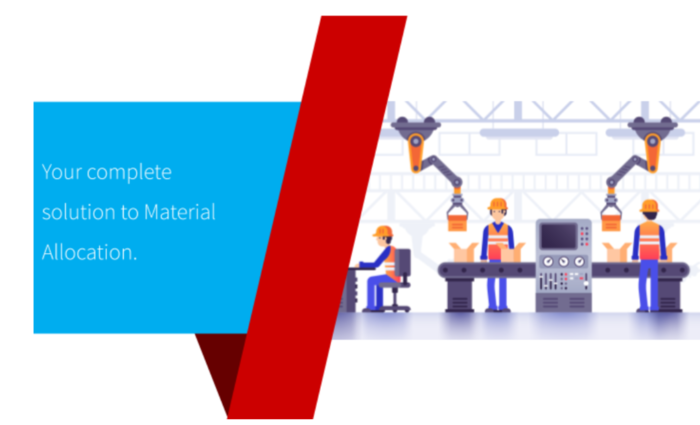Difference between revisions of "42Q-MES0161 Material Allocation"
Jump to navigation
Jump to search
| Line 3: | Line 3: | ||
'''[[File:MAIntro1.png|700px|MAIntro1.png]]''' | '''[[File:MAIntro1.png|700px|MAIntro1.png]]''' | ||
| − | + | ||
| + | |||
| + | Factories are complex, busy places with a lot of systems, machinery, and processes in place. Technology plays a key part in the manufacturing world. We see the benefits of it clearly through lot traceability — you can streamline your supply chain and have confidence in all of the steps along the way. | ||
| + | |||
| + | The inventory management system allocates a specific quantity of materials, as determined by purchasing workers, to meet customer demand. Allocating material to a sales order does not remove the quantity from inventory. The allocation creates a projection of the amount of material the company will need to meet the current demand or sales orders. | ||
Revision as of 20:48, 11 February 2021
Material Allocation
Factories are complex, busy places with a lot of systems, machinery, and processes in place. Technology plays a key part in the manufacturing world. We see the benefits of it clearly through lot traceability — you can streamline your supply chain and have confidence in all of the steps along the way.
The inventory management system allocates a specific quantity of materials, as determined by purchasing workers, to meet customer demand. Allocating material to a sales order does not remove the quantity from inventory. The allocation creates a projection of the amount of material the company will need to meet the current demand or sales orders.
